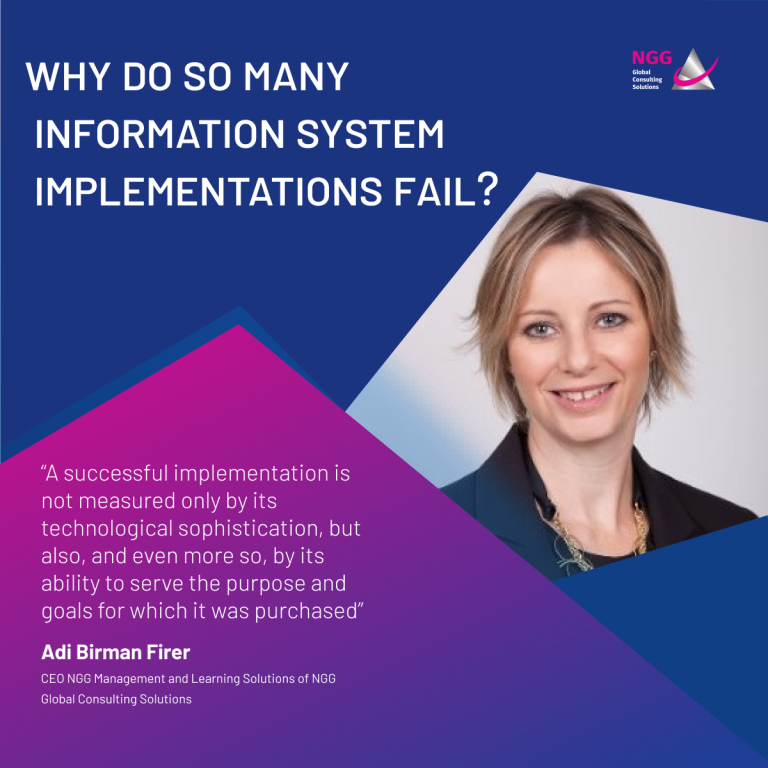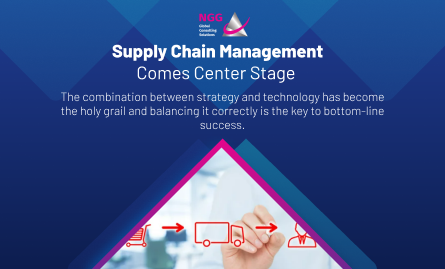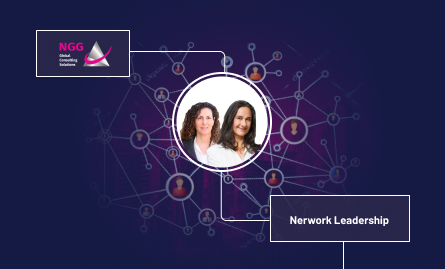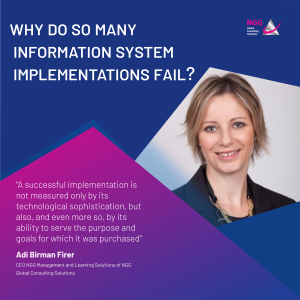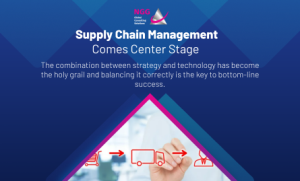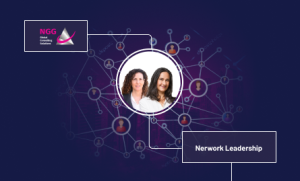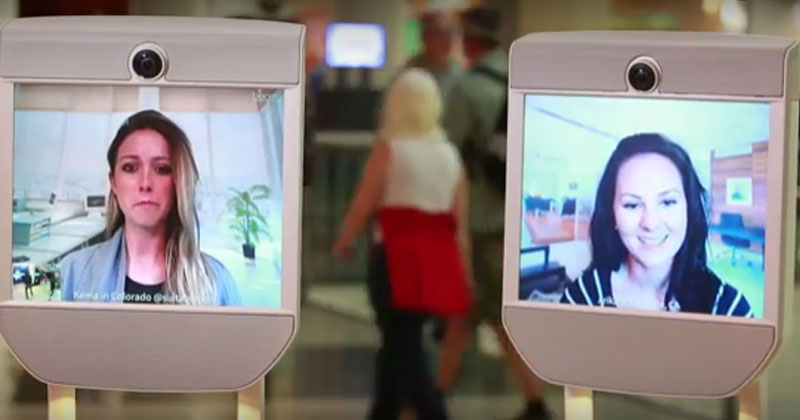
The development of the Omni-channel business model in recent years has an increasing effect on organizations all over the world. Rami Jaulus, NGG CEO, describes these changes within organizations. Is your organization prepared for these changes?
Changes in consumer habits, customers’ desire for information in general and information accessible in digital channels for self-service in particular, and the growing need for a more sophisticated physical experience and greater expertise – are all dramatically altering the structure and composition of organizations.
What has changed since the omni-channel business model came into being?
- Digital activity has increased. Knowledge about managing online campaigns, search engines, and different websites has become critical. Organizational marketing groups are developing abilities they never had before, and this draws focus and resources in new directions and away from the traditional marketing tools. They appeal less to broad audiences and more to focused personalized groups.
- The need for self-service. Customers have to do more than in the past: read, compare, decide to buy, and also set up appointments or consult via a digital channel from afar. All of these require a re-definition of customer needs (the job of the marketing department) as well as the construction of technological solutions (the job of the information systems department).
- The function of marketing and marketing communications are changing. The digital function is emerging as highly significant and very powerful in the organization.
- The information systems group is required to develop abilities to support the omni-channel model, with emphasis on digital solutions and omni-channel integration capabilities that never existed before.
Side by side with these, the operations and service groups are also changing:
- Information and knowledge management systems allow relevant information to be made accessible to customers for self-use by means of different delivery systems.
- Information and knowledge management groups within the organization are developing and changing.
- Multipurpose service providers are no longer relevant. Their time is wasted on activities that no longer require human involvement, and even slow down operational and service processes.
- Jobs are being redefined. Emphasis is placed on preserving critical expertise while other activities are either computerized or transferred to cheaper manpower, often to be outsourced rather than be kept in-house.
- Operational and service groups develop in-depth expertise. Traditional jobs are being segmented and activities that promote the organization are being diverted to behind the scenes or even phased out as the organization discover they aren’t necessary.
Will the organizations of the future be smaller?
Not necessarily. But they will most definitely be different and will develop skills and capabilities they never had before. The last time we saw an example of such a very powerful change was six decades ago when tech companies outsourced manufacturing, at first labor intensive activities but later on also complex activities, while focusing on developing their relative advantages.
The omni-channel business model is a constant source of preoccupation for organizations and their customers, but when you ask people what an omni-channel environment is, most of them still have a hard time answering.
